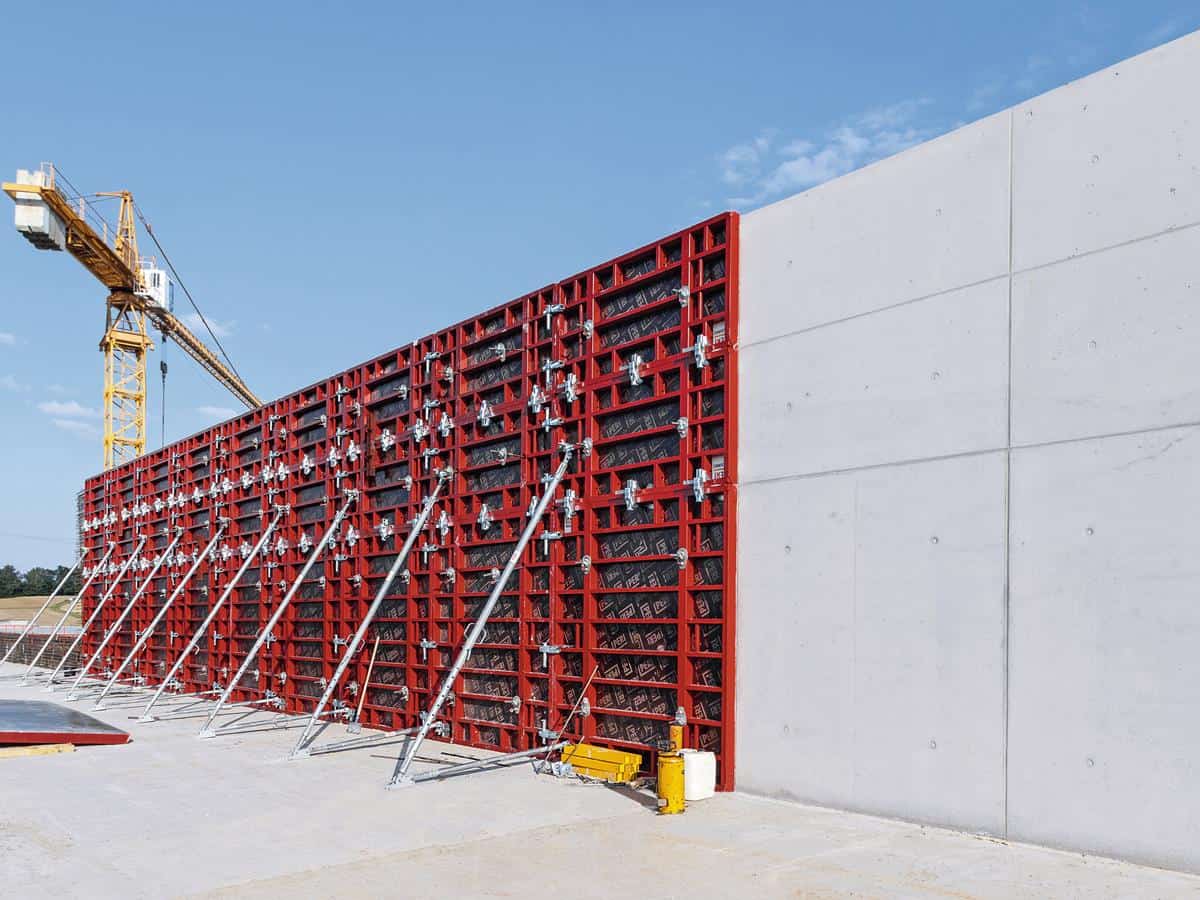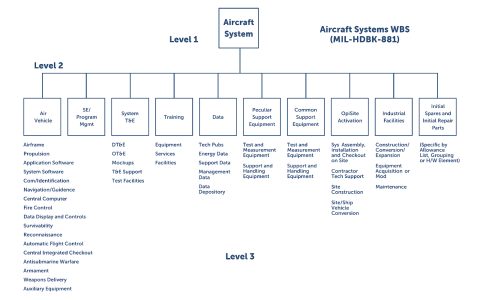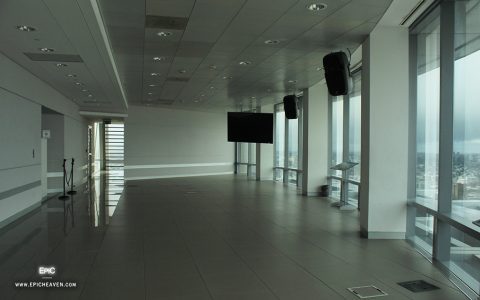Understanding Formwork
Definition and Core Function: Formwork, also known as shuttering, constitutes temporary or permanent molds into which concrete or similar materials are poured. Its primary function is to contain and support the fresh concrete, shaping it to the required dimensions until it achieves sufficient strength to be self-supporting.
Significance in Construction:
- Defines the geometry and surface finish of the final concrete structure.
- Bears the load of wet concrete, reinforcement, and construction activities.
- Ensures structural accuracy and alignment.
- Protects curing concrete from adverse weather conditions.
Common Formwork Systems
Formwork systems are selected based on factors such as material, structural design, site conditions, and reusability requirements. Key types include:

- Timber Formwork: Versatile and adaptable, easily fabricated on-site. Often used for complex shapes but can be labor-intensive.
- Steel Formwork: Offers high strength, durability, and multiple reuses. Provides a smooth concrete finish and is suitable for repetitive, large-scale elements.
- Aluminum Formwork: Lightweight yet strong, facilitating rapid assembly and dismantling. Ideal for monolithic construction and high-repetition projects.
- Plastic Formwork (Engineered/Modular Systems): Lightweight, reusable, and easy to handle. Suitable for standardized elements and can provide specific surface textures.
- Permanent Insulated Formwork (PIF) / Insulated Concrete Forms (ICF): Forms remain part of the final structure, providing thermal insulation and a substrate for finishes.
- Specialized Formwork:
- Slipform: Continuously moving formwork for tall vertical structures (e.g., silos, cores).
- Climbing Formwork: System that ascends with the structure for high-rise buildings.
Essential Qualities of Effective Formwork
Properly designed and constructed formwork must exhibit the following characteristics:
- Strength: Capable of safely supporting all imposed dead and live loads without failure.
- Rigidity: Sufficiently stiff to maintain its shape under concrete pressure and prevent bulging or distortion.
- Tightness of Joints: Sealed to prevent leakage of cement paste (grout), which can lead to honeycombing and reduced strength.
- Accuracy: Erected to precise lines, levels, and dimensions as per design specifications.
- Ease of Striking: Designed for safe and easy removal without damaging the concrete structure.
- Reusability and Economy: Cost-effective considering the initial cost, labor for erection and striking, and potential for reuse.
- Surface Finish: The form face material dictates the quality of the concrete surface.
Formwork Erection and Removal (Striking)
The formwork lifecycle involves careful planning and execution:
Erection: Includes setting out, assembling supports (propping and centering), placing sheathing or panels, ensuring alignment, and applying release agents to form faces.
Striking: The process of removing formwork once the concrete has attained adequate strength. The timing is critical and depends on concrete grade, member type, and ambient conditions. Striking must be performed systematically to avoid shock loads or damage to the young concrete.







